Which Junk Food Is Most Eaten in India?
Introduction: The Rise of Junk Food Culture in India
India, a land known for its diverse culinary heritage, has seen a massive shift in food habits over the past few decades. From home-cooked, nutritious meals to ready-to-eat snacks and deep-fried delights, the Indian palate has gradually embraced the world of junk food. Whether it’s on busy city streets, in bustling college canteens, or through food delivery apps, junk food has become an integral part of daily life—especially among the younger generation.
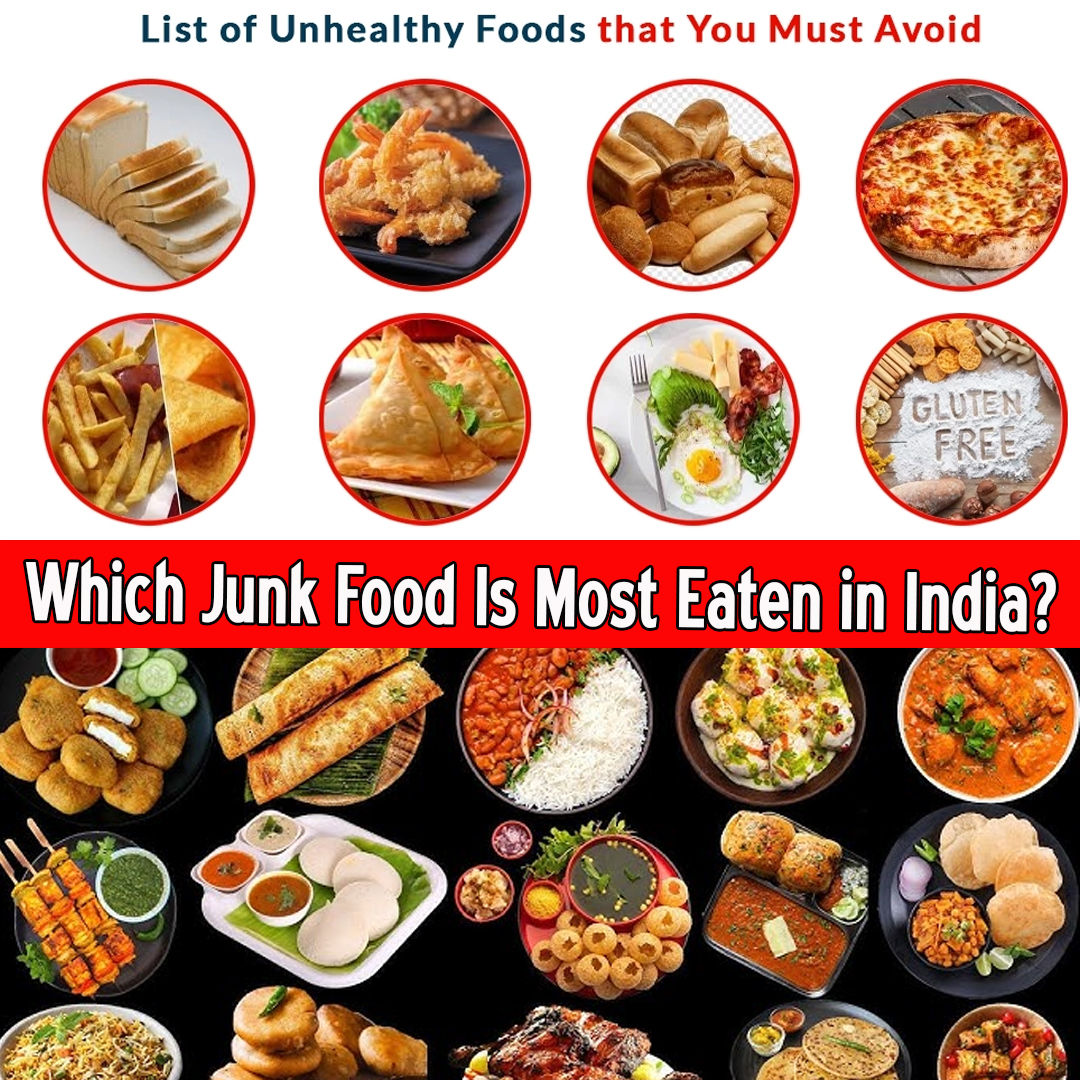
Which Junk Food Is Most Eaten in India?
But out of the many varieties of junk food available across India, which is the most eaten? This article will explore the dominant players in India’s junk food market, identify regional favorites, analyze consumption trends, and finally conclude with the most eaten junk food in the country.
Understanding Junk Food: Definition and Categories
Before we explore what tops the chart, let’s understand what qualifies as junk food.
Junk food is typically:
- High in calories
- Low in nutritional value
- Rich in sugar, salt, fats, and preservatives
Categories include:
- Fried Foods (samosa, pakoda)
- Street Food (pani puri, chaat, vada pav)
- Fast Food (pizza, burger, noodles)
- Packaged Snacks (chips, biscuits, namkeens)
- Sugary Beverages & Sweets (colas, ice creams, pastries)
Top Contenders for the Most Eaten Junk Food in India
1. Samosa – The Undisputed King of Indian Snacks
The samosa is more than just a snack—it’s a national icon. Stuffed with spicy potato filling and deep-fried to golden perfection, samosas are sold in millions every day across every Indian state.
Why It’s So Popular:
- Available everywhere: from roadside stalls to airports
- Affordable (₹10–₹20)
- Filling and satisfying
- Often accompanied with chutney or tea
Consumption Stats:
- Estimated 5 million samosas are consumed daily in India.
- North India sees the highest samosa consumption per capita.
Variations:
- Punjabi samosa (with potatoes and peas)
- Keema samosa (with minced meat)
- Paneer samosa
- Chinese samosa (stuffed with noodles)
2. Pani Puri / Golgappa / Puchka – The Crowd Favorite
Known by different names across India, pani puri is another top contender. It consists of crispy, hollow puris filled with tangy-spicy water, mashed potato, and chickpeas.
Reasons for Popularity:
- Flavor explosion: sweet, tangy, spicy, and crunchy
- Quick to eat, highly addictive
- Costs as low as ₹10–₹30 per plate
- A must-have during evening outings and college breaks
Regional Names:
- Pani Puri (Maharashtra, Gujarat)
- Golgappa (Delhi, UP, Haryana)
- Puchka (West Bengal, Bihar)
- Gupchup (Odisha, Jharkhand)
Consumption Insight:
- One vendor can sell 2,000–3,000 puris per day in metro cities.
3. Instant Noodles – India’s Comfort Junk Food
Thanks to Maggi, India’s love for instant noodles has reached cult status. Despite health controversies, instant noodles remain a go-to snack for students, bachelors, and busy workers.
Reasons for Popularity:
- Takes only 2 minutes to cook
- Widely available in urban and rural areas
- Affordable and customizable with vegetables or spices
Popular Brands:
- Maggi (Nestlé)
- Yippee! (Sunfeast)
- Top Ramen
- Patanjali Atta Noodles
Interesting Fact:
- Nestlé India sells over 2.5 billion Maggi packs per year.
4. Burgers and Pizzas – Western Junk Food Goes Desi
Multinational chains like McDonald’s, Domino’s, and Pizza Hut have heavily “Indianized” their menus to appeal to local taste buds.
| Read more – Which Country’s Food Is the Spiciest in the World? |
Most Ordered Fast Foods:
- McAloo Tikki Burger
- Veg Pizza with Tandoori Paneer or Corn
- Chicken Zinger from KFC
Popularity Factors:
- Teenagers and young adults love the Western branding
- Online delivery has skyrocketed junk food accessibility
- Combo meals are perceived as affordable indulgences
Delivery Trends:
- Zomato and Swiggy report that burgers and pizzas are consistently among the top 5 most delivered food items in metro cities.
5. Chips and Packaged Namkeens – The Anytime Snack
Packaged junk food is silently dominating the Indian market. With extensive distribution, advertising, and affordability, chips and namkeens are daily snacks for millions.
Top Brands:
- Lays (PepsiCo)
- Kurkure
- Balaji Wafers
- Haldiram’s Aloo Bhujia and Mixture
Market Insight:
- India’s salty snacks market is worth ₹50,000+ crore, and growing at 12–14% annually.
- Lays and Kurkure alone reach over 4 million retail outlets.
6. Vada Pav – Mumbai’s Spicy Street Burger
A spicy potato fritter (vada) placed between a pav with chutneys—Vada Pav is often called the Indian burger.
Reasons for Cult Status:
- Extremely affordable (₹10–₹20)
- Available at every corner in Maharashtra
- Great taste, quick snack
Fun Fact:
- Mumbai alone sells over 2 million vada pavs daily.
7. Chaat – The Royal Family of Street Junk Food
A variety of fried snacks served with chutneys, yogurt, masalas, and toppings, chaat is a classic evening indulgence across India.
Popular Types of Chaat:
- Aloo Tikki Chaat
- Dahi Puri
- Papdi Chaat
- Bhel Puri
Why It’s Loved:
- Explosion of flavors and textures
- Easily found in markets, fairs, and melas
- Appeals to both vegetarians and non-vegetarians
8. Momos – The New-Age Street Hero
Originally from Tibet and the Northeast, momos (dumplings) have spread rapidly across Indian cities. You’ll find them in roadside stalls, malls, and food courts.
Why It’s Trending:
- Steamed or fried versions available
- Available in spicy chutney for heat lovers
- Easy to eat and share
Varieties:
- Veg Momos
- Chicken Momos
- Tandoori Momos (Fusion Style)
9. Ice Cream and Sugary Beverages
While not food per se, sugary cold drinks and desserts are also a huge part of junk consumption.
Top Brands and Items:
- Coca-Cola, Pepsi, Frooti, Slice
- Amul, Kwality Walls, Vadilal (ice creams)
Why They Rank:
- Readily available in all seasons
- High sugar and zero nutrition
- Consumed with or after fast food meals
10. Pastries, Cakes, and Cream Buns
Pastry shops and bakery items, especially in Tier 1 and Tier 2 cities, are seeing major sales growth due to birthdays, office snacks, and quick cravings.
Popular Junky Bakes:
- Chocolate pastries
- Black Forest cakes
- Cream rolls
- Bakery buns with mayonnaise
Who Eats the Most Junk Food in India?
By Demographics:
- Children and Teenagers (Age 10–20): Highest consumption, especially of Maggi, chips, momos, and burgers.
- Working Professionals (Age 21–35): Due to lack of time and convenience, fast food delivery is common.
- Urban Households: Greater exposure to fast food chains and packaged snacks.
By Region:
- North India: Samosa, chaat, pani puri dominate
- West India: Vada pav, pav bhaji, missal pav
- South India: Fried snacks like bajji, bonda; now increasing fast food adoption
- East India: Puchkas, rolls, bakery items
Health Risks of Junk Food Addiction
While junk food is delicious, overconsumption can lead to serious health concerns:
- Obesity and weight gain
- Diabetes
- Heart disease
- High blood pressure
- Digestive problems
- Addiction-like eating behavior
Government & Public Initiatives to Curb Junk Food
To combat the rise of junk food-related health issues:
- FSSAI has introduced regulations on labeling high-fat, sugar, and salt (HFSS) foods.
- Schools are being encouraged to ban junk food from their canteens.
- Campaigns promote awareness of balanced diets and healthy eating.
Conclusion: What Is the Most Eaten Junk Food in India?
After analyzing popularity, availability, affordability, cultural acceptance, and sales volume—the **most eaten junk food in India is the humble Samosa.
Why Samosa Wins:
- Available in every town and city
- Consumed daily by millions
- Loved by all age groups
- Affordable, portable, and deeply rooted in Indian street food culture
However, other junk foods like pani puri, Maggi, and burgers are not far behind and dominate specific consumer segments.
Final Thought
India’s junk food culture is a blend of tradition, modernization, global influence, and street innovation. While it’s okay to indulge occasionally, promoting moderation and healthier choices remains key for a better lifestyle.

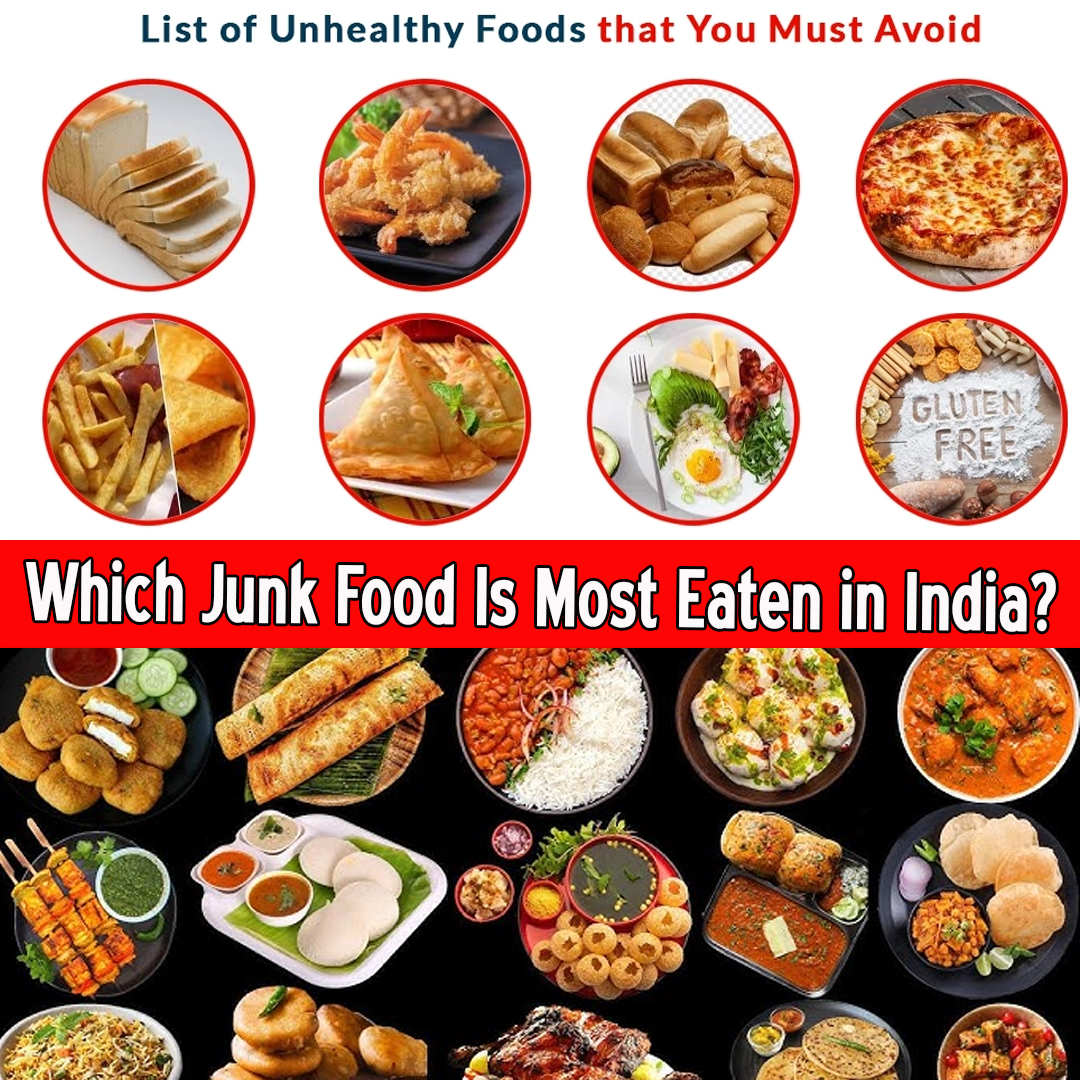
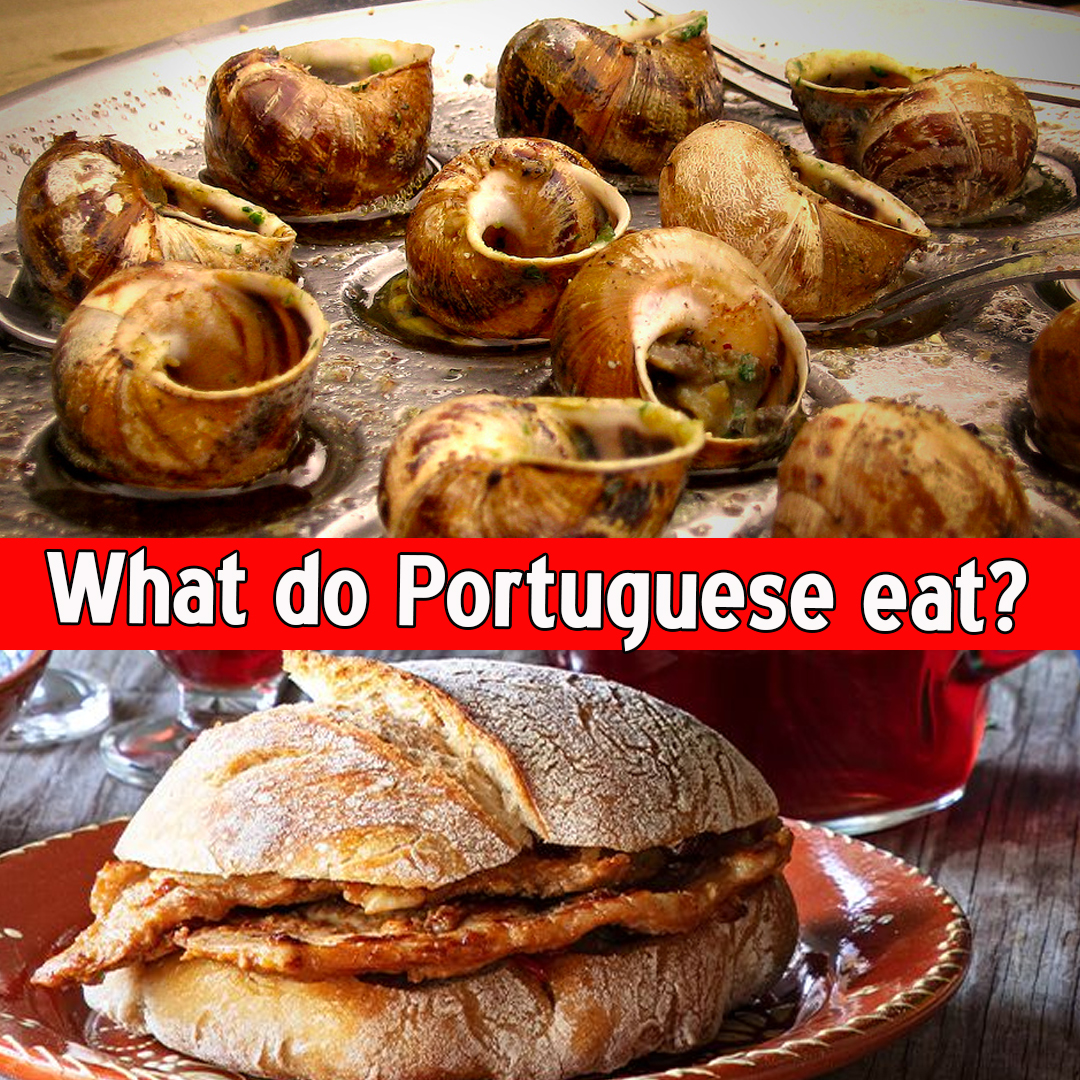


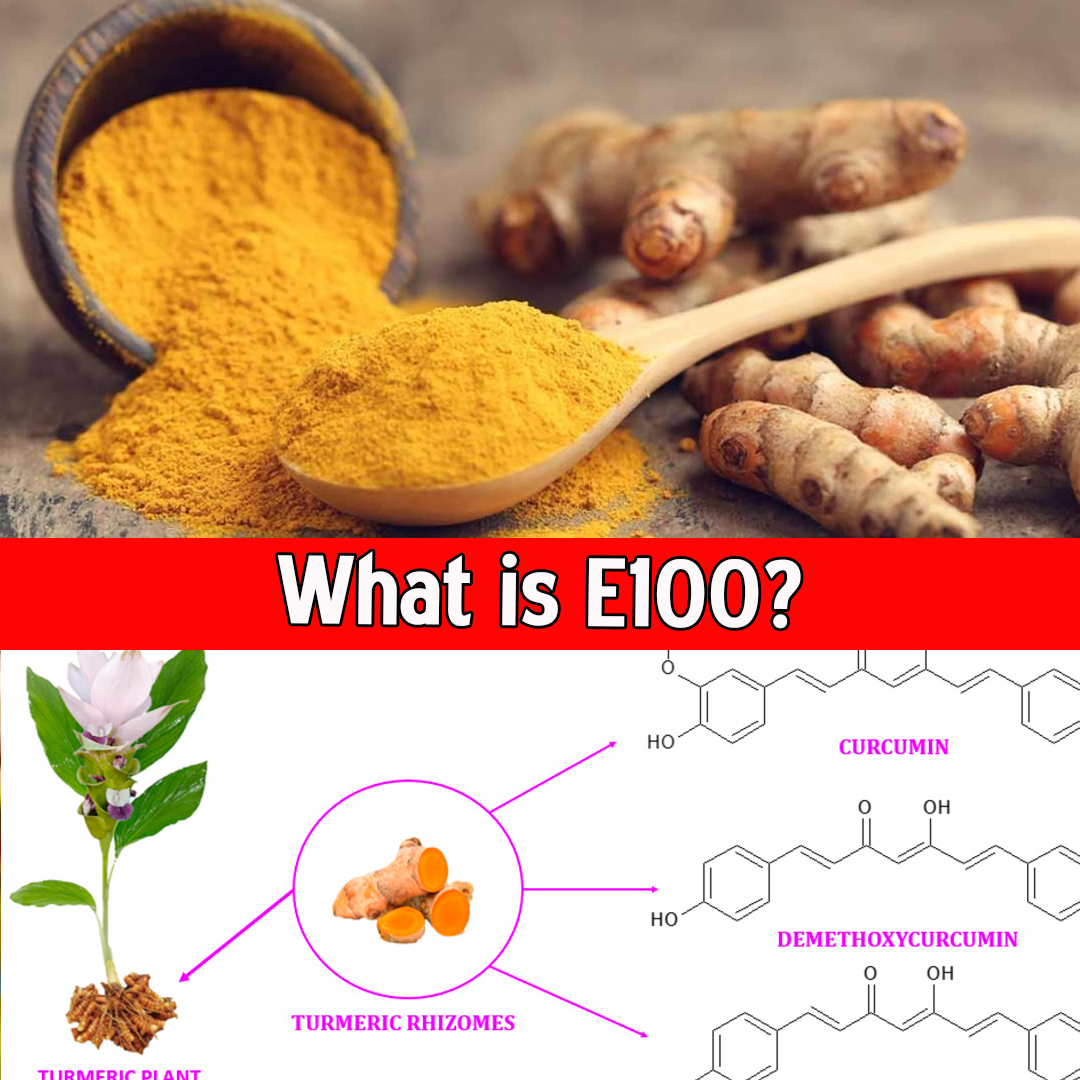

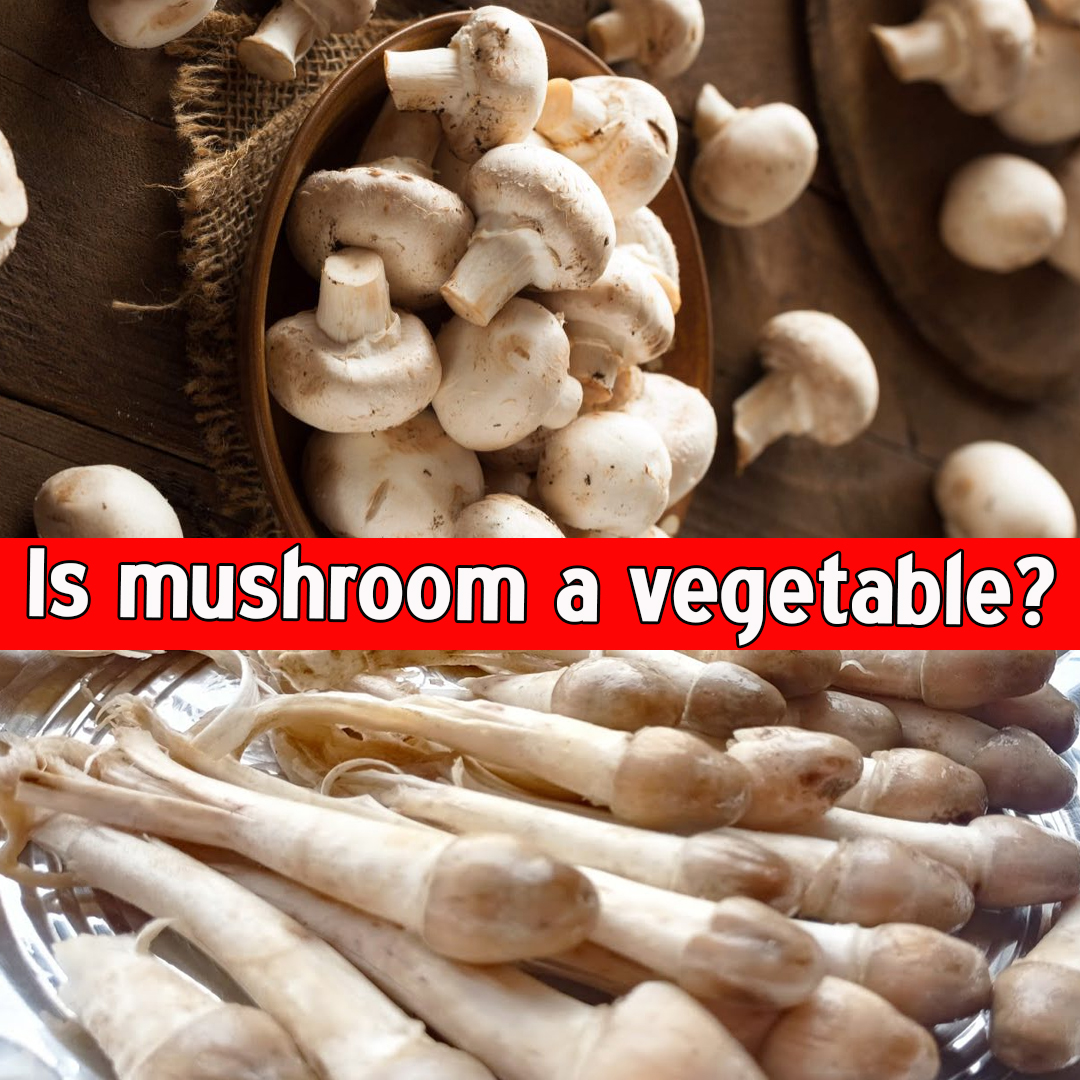

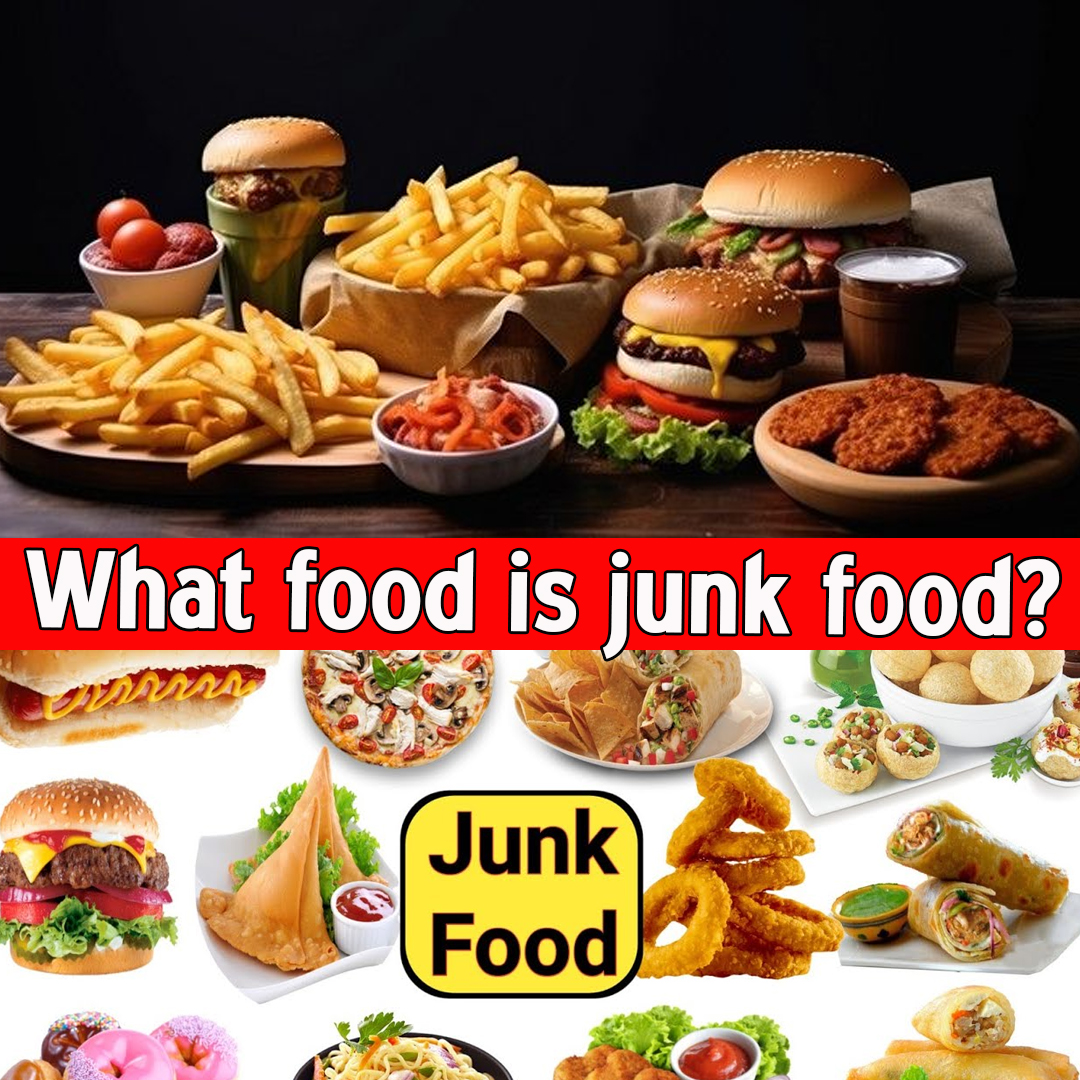

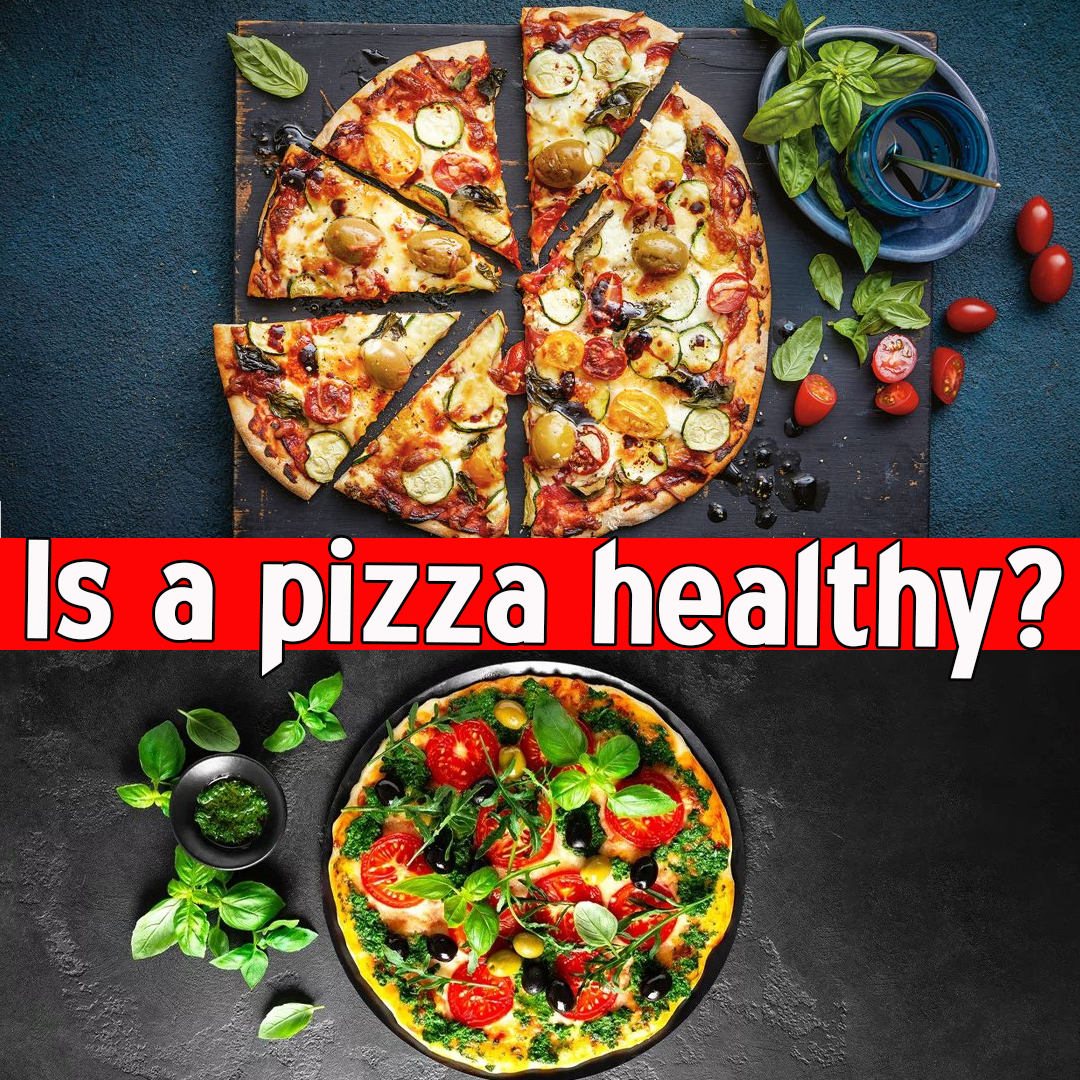




Leave a Reply